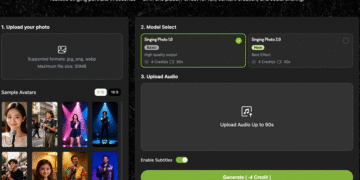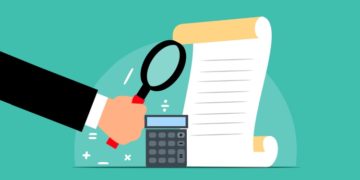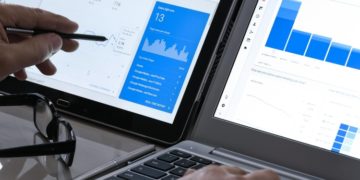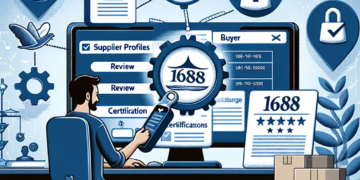Taking out a loan without putting up assets is a smart move, especially when you’re trying to grow fast or cover urgent costs. Many SMEs owners like the idea of not tying up personal or company property to borrow money.
But this freedom comes with a set of challenges and important risks that can easily be overlooked. If you’re weighing up your options, keep reading to understand key points before signing anything.
What Makes a Loan “Unsecured”?
An unsecured loan means there’s no asset, like property, vehicles, or equipment, backing the debt. The lender decides to approve it based on your business credit, trading history, and overall financial strength.
Because there’s no security, lenders often charge higher interest rates to cover the added risk. They may also shorten repayment periods or offer lower borrowing limits. This makes unsecured loans appealing for quick access to cash, but also risky if cash flow is unstable.
Lenders usually require stronger credit profiles and solid financial records to approve unsecured loans since there are no assets to fall back on.
The Main Risks for Business Owners
Without collateral, the biggest risk depends on your business structure. If you run a limited company, you’re usually not personally liable for unsecured loans, unless you’ve signed a personal guarantee, which makes you personally responsible if the business can’t repay. For sole traders and partnerships, personal liability is automatic, so it’s especially important to understand the risks.
It’s easy to take out more than you can comfortably repay, particularly when the application process is fast. When you apply online for an unsecured business loan with platforms like Love Finance, it can feel less formal than going through a bank, but that doesn’t make the debt any less real.
Late or missed payments can damage your business credit score, making it harder to borrow in the future. Worse, you could face legal action or debt collection if you default. These are serious consequences, particularly for sole traders and small partnerships.
Why Unsecured Loans Make Sense
Despite the risks, unsecured loans work well in the right context. They’re useful for short-term needs like bridging gaps in cash flow, funding small upgrades, or covering seasonal dips.
Lenders now offer more flexible terms, especially through fintech platforms. You can often choose between fixed and variable rates, and some even offer repayment holidays during tough trading periods.
But this flexibility shouldn’t replace careful planning. Always check the full cost of borrowing, not just the monthly payments. Some lenders apply arrangement fees or early repayment charges, which can cut into your budget.
Tips for Making a Smart Decision
If you’re considering an unsecured loan, start by checking your business credit report. Make sure your financial records are up to date and accurate. Lenders will want to see cash flow forecasts and proof of income.
Only borrow what you need, and build in a buffer for repayments. Try to avoid stacking multiple loans, as this increases the pressure on your business and may lead to long-term debt cycles.
If possible, speak to a financial adviser or accountant before applying. They can help you compare offers and understand the small print, which often includes penalties and restrictions that aren’t obvious at first glance.
Final Thought
Unsecured loans offer speed and flexibility, but they come with responsibilities and risks. For SMEs, the key is knowing when and how to use them. With a clear plan, strong cash flow, and a cautious mindset, these loans can be a helpful tool rather than a dangerous gamble.
David Prior
David Prior is the editor of Today News, responsible for the overall editorial strategy. He is an NCTJ-qualified journalist with over 20 years’ experience, and is also editor of the award-winning hyperlocal news title Altrincham Today. His LinkedIn profile is here.











































































